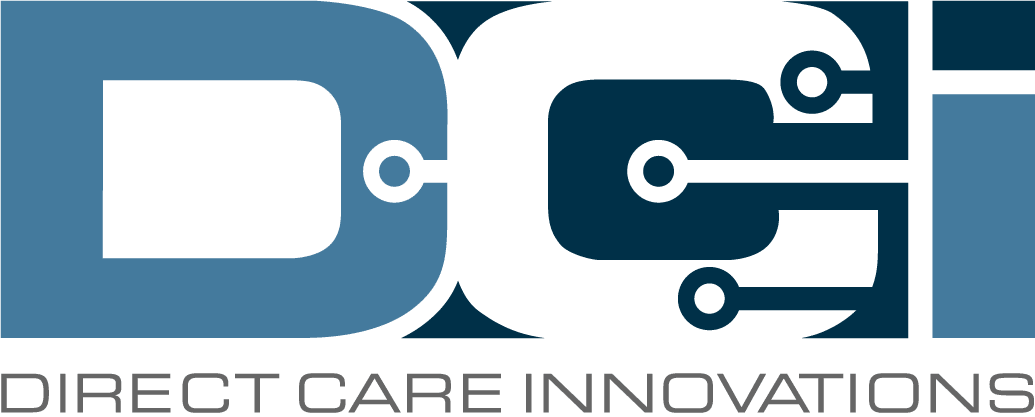High Tech and Low Tech Options for EVV
A guide to all of the high tech and low tech EVV options offered by DCI Software
We want Direct Support Professionals and anyone else providing or receiving direct care to have as much freedom as possible. That’s why we offer a plethora of both high tech and low tech options for EVV.
Picture/Facial Recognition
Our first high tech EVV option is picture/facial recognition. If you have a smartphone, the easiest EVV option for you would be our facial recognition feature. To use this feature, all you have to do is use the camera in the app to take a photo of the individual receiving care. The app will then use artificial intelligence to compare the photo taken during the shift to the photo that the agency has on file for the individual receiving care. It will then calculate a percentage match and if that number meets or exceeds the agencies specified “passing” threshold, the EVV will be automatically approved. If it’s not approved, the app will also store the photo as well as meta information, like when the photo was taken and where, so the supervisor or individual receiving care can review it manually.
Pin/Password
Not everyone likes having their photo taken. If that is the case, it may be better to use a different high tech EVV option of ours, the pin/ password EVV method. To use this method, the individual receiving care must select a personal identification number or password. Then, when their caregiver arrives for their shift, the individual receiving care will input that pin into the caregiver’s mobile app. If the password matches the one on file, the EVV is verified immediately after hitting the ‘Submit’ button. If the password is entered incorrectly three times, another high-tech EVV method will be required.
Signature
The final high-tech EVV method is the signature method. This involves the member signing with the pad of their finger on the employee’s mobile device screen. The signature can be compared to a signature the agency has stored on the member’s profile.
Phone
Not every caregiver has a smartphone. Some don’t have a cellphone at all. If this is the case, they will have to electronically verify their visit using one of our low tech EVV methods, like the phone method. To use this method, the caregiver will need to verify their shift using a telephone, which could be a landline. Once they arrive for their shift, the employee will call an 800 number at the beginning of their shift from the phone number listed on the members DCI profile. Once the number has been verified and linked to a member, the employee will be walked through a series of prompts to complete the clock in
FOB
Our final EVV option is the fob method. This requires the use of a device (or fob) that is registered to a specific member. When an employee begins and concludes their shift, the device will generate a six-digit code that is directly correlated to a particular date and time. This data is recorded on a time card and entered into DCI after the fact. Once the shift has been completed and an employee has access to the internet, they will need to log into DCI and enter the data that was collected. The agency will specify a deviation threshold- if any of the fob codes exceed that threshold the punch will not allow the employee to click save. The software will also provide an error message detailing the insufficient data.
Having the right EVV method in place can help prevent caregiver burnout.
Thank you for reading about all of the high tech EVV options and low tech EVV options offered by DCI Software. If you would like to learn more about any of these, please schedule a demo with us!

